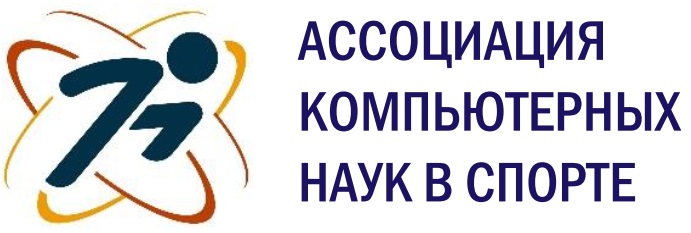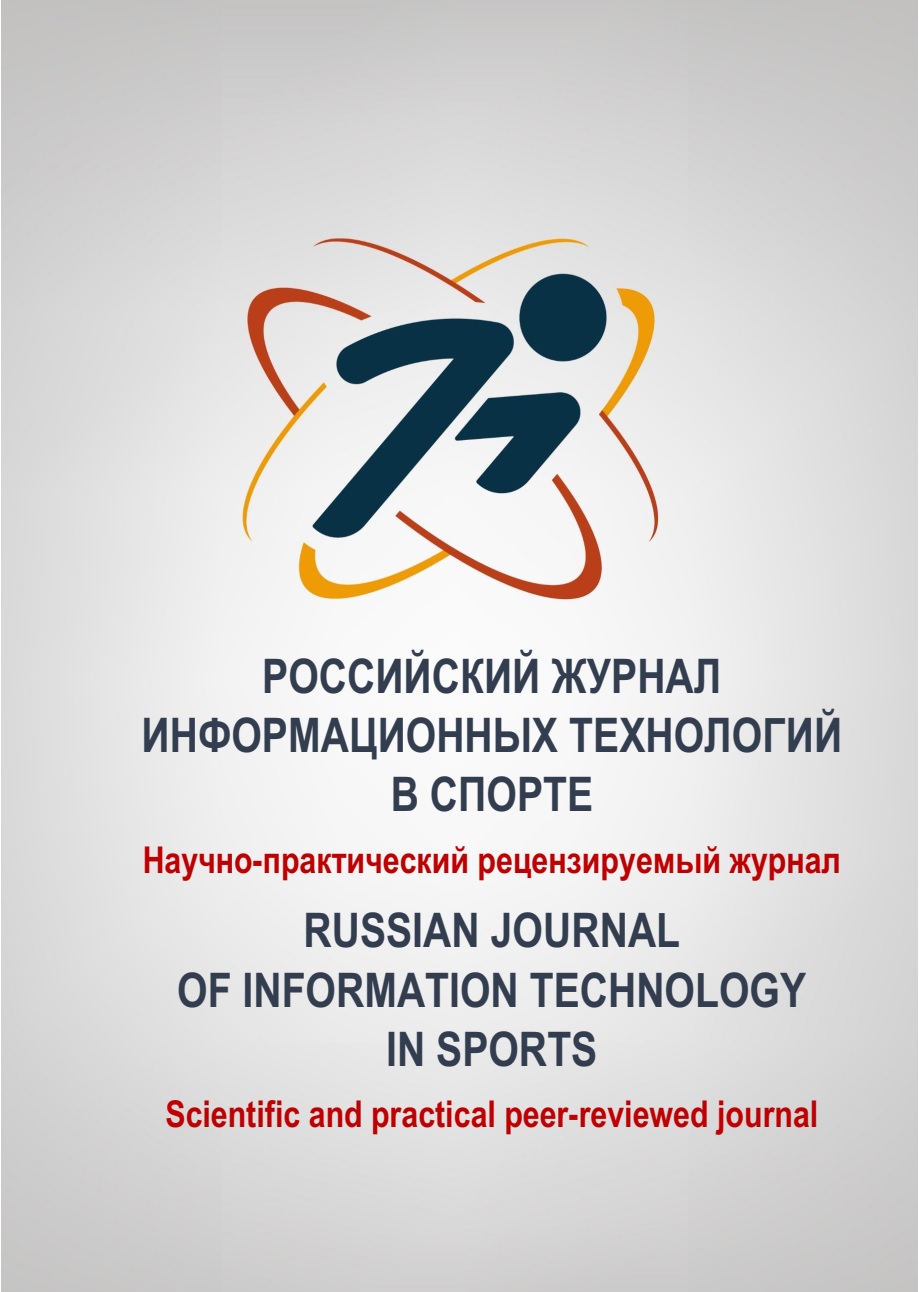Limited Liability Company "Intellectual support of the training process"
student from 01.01.2023 until now
Russian Federation
Russian Federation
student from 01.01.2003 until now
Russian Federation
VAK Russia 1.2.2
VAK Russia 5.8.5
VAK Russia 5.6.6
VAK Russia 2.2.12
UDC 347.514.3
UDC 355.233.22
UDC 00
CSCSTI 77.00
CSCSTI 20.00
Russian Classification of Professions by Education 09.00.00
Russian Classification of Professions by Education 32.00.00
Russian Classification of Professions by Education 44.00.00
Russian Library and Bibliographic Classification 3
Russian Library and Bibliographic Classification 74
Russian Library and Bibliographic Classification 75
Russian Trade and Bibliographic Classification 5
Russian Trade and Bibliographic Classification 7
BISAC COM089000 Data Visualization
BISAC COM021000 Databases / General
BISAC COM023000 Educational Software
BISAC COM025000 Expert Systems
BISAC COM074000 Hardware / Mobile Devices
BISAC COM079010 Human-Computer Interaction (HCI)
BISAC COM032000 Information Technology
BISAC COM051300 Programming / Algorithms
Relevance. The control of training load in figure skating is conditioned by the need to increase the efficiency of athletes’ training and reduce the risk of overtraining and injuries. The use of modern technologies, such as the RecSport system, allows to optimize the training process due to automated, objective control of training load and taking into account the individual characteristics of the athlete. Objective. To analyze the training load performed by athletes in group training and in the pre-competition microcycle. Methods. Timing of training session using RecSport system (https://www.recsport.pro/) to measure load parameters in group and individual training of figure skaters. Results. In group training at performance of identical tasks the differences in the performed training load by athletes were revealed. In the pre-competition microcycle the analyzed dynamics of the training load of the athlete corresponds to his individual capabilities, the adequate reaction of the athlete’s body to the load was revealed, the duration of achieving the effect of supercompensation was 3 days. Conclusions. Control of training load on the basis of automated control promotes individualization of athletes’ training even in the conditions of group training, which improves the quality of training process and increases athletes’ sports readiness.
figure skating, training load, training process, RecSport system
1. Ermolov Yu.V., Zavarzin V.A., Ushakov A.G. Features of training loads in the preparation of athletes. Omsk Scientific Bulletin, 2008, 2(66), pp. 151-153. URL: knwvad
2. Matveev L.P. Theory and methodology of physical culture (general foundations of the theory and methodology of physical education; theoretical and methodological aspects of sports and professionally applied forms of physical culture). Moscow: Physical Culture and Sport, 1991. 543 p. URL: https://sportlib.ru/books/theory/matveev/
3. Platonov V.N. The system of training athletes in Olympic sports. General theory and its practical applications: a textbook for highly qualified coaches. Moscow: Soviet Sport, 2005. 820 p.
4. Lebedev A.V. Analysis of the causes and prevalence of injuries among figure skaters of the SS and VSM groups (aged 15 and older). In: Proceedings of the International Scientific and Practical Conference "Physical Culture and Sports. Olympic Education". Krasnodar: KGUFKST, 2024. 182 p. URL: https://kufkst.ru/conf/2024
5. Fedotova E.V. Cardiac monitoring: from intensity zones to individual target training zones. In: Proceedings of the III Scientific and Practical Conference, SCE "CSTiSK" Moskomsport. Moscow, 2019, pp. 46–51. URL: https://cstisk.ru/conf/2019 EDN: https://elibrary.ru/kvotrs
6. Pavlenkovich S.S. Monitoring of physical development and physical fitness. Saratov, 2019. 74 p. EDN: https://elibrary.ru/zilelr
7. RecSport – smart sports [Electronic resource]. URL: https://www.recsport.pro/ (accessed: 29.04.2025).
8. Novikova N.B., Zakharov G.G., Kotelevskaya N.B. Variants of load distribution for elite cross-country skiers in the annual training cycle. Scientific notes of P. F. Lesgaft University, 2019, 7, pp. 142-147. EDN: https://elibrary.ru/inmuas
















